#hydrochoerus
Photo

A cattle tyrant (Machetornis rixosa) sitting on the head of a capybara (Hydrochoerus hydrochaeris) in Argentina
by JJ SCIALFA
#cattle tyrant#aves#capybara#Hydrochoerus hydrochaeris#Hydrochoerus#caviidae#rodentia#mammalia#chordata#wildlife: argentina
372 notes
·
View notes
Text
Big skepticism from the largest rat there is

The capybara is the largest rodent in the world, and is native to South America. This social animal lives in groups of up til 100 members, and the latin name means "river pig". Which means it is sometimes referred to as "river rat".
In spite of the name, it is an animal commonly found on dry ground near bodies of water, from forest to arid areas near deserts.
Totally useful
Its meat is edible, the hide usable as leather and the greasy appearance of its fur is not related to fresh bath: it is hunted for the fur fat too.
No wonder it acts sceptic and quizzical towards humans.
In the little family in Dusit Zoo, they were mostly interested in the food they just had received. Quite noisy, it sounded like a small pack of guinea pigs connected to a bass amplifier.
More info on the capybara (Hydrochoerus hydrochaeris) here.
#bangkokzoo#lostforever#capybara#Hydrochoerus#hydrochaeris#2018#largest#rodent#water#pig#citylife#art#citywalk#bluesky#2018CE#bangkok#thailand#lastchancetosee#dusit#zoo#dusitzoo
1 note
·
View note
Text



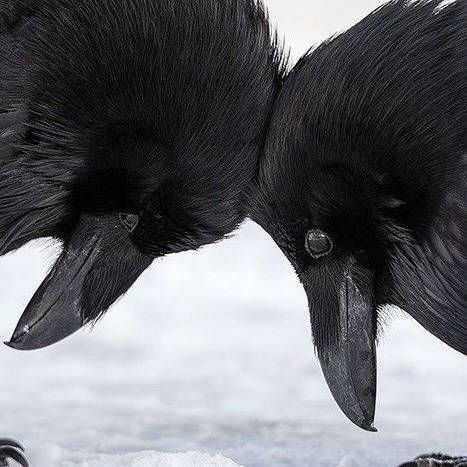
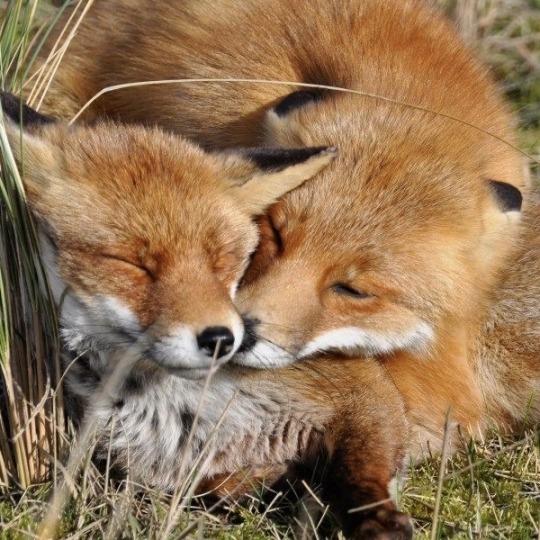

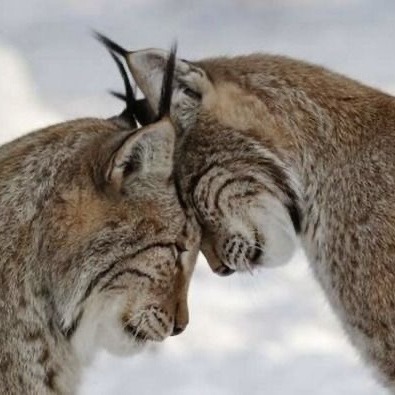


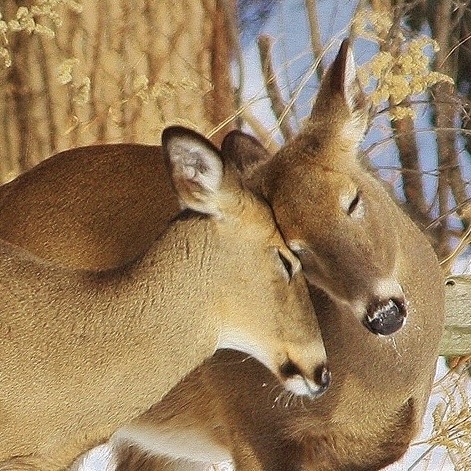
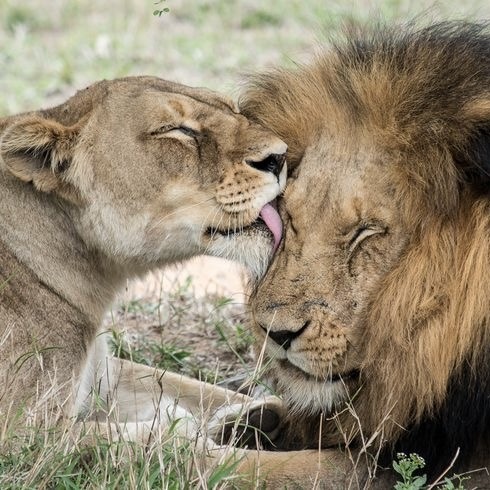

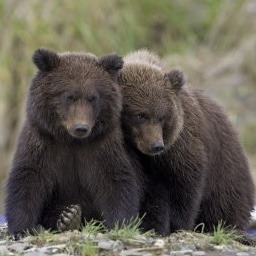


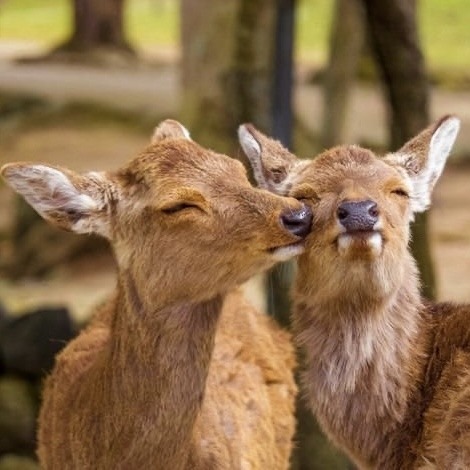


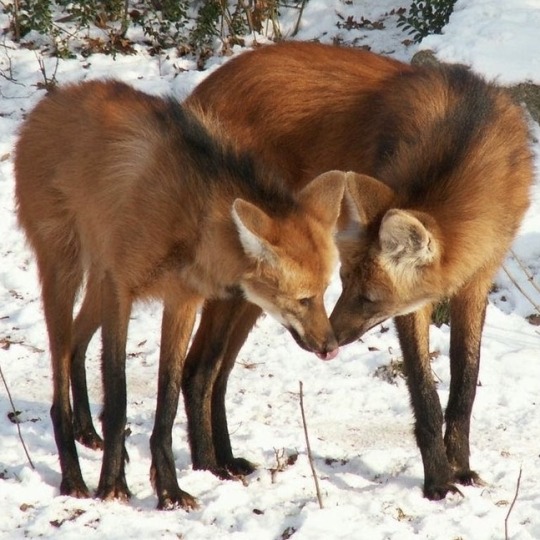


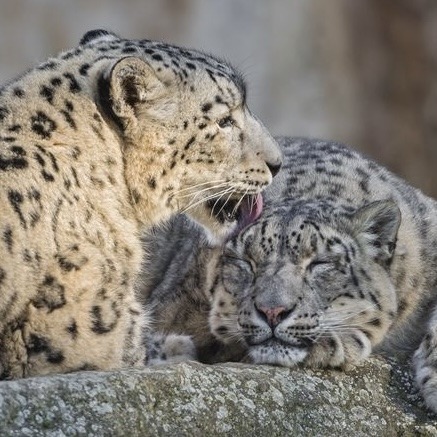
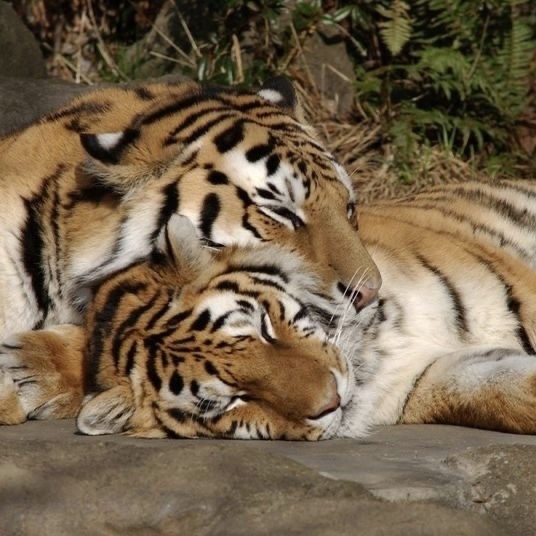
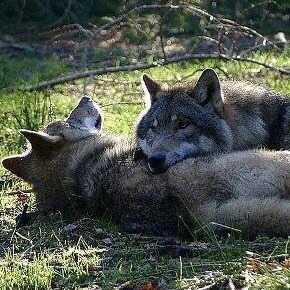
LOVE IS EVERYWHERE !
#most of these are familial btw ^_^#and the gay penguins#☆#🐯#ferret (mustela furo)#serval (leptailurus serval)#virginia opossum (didelphis virginiana)#common raven (corvus corax)#red fox (vulpes vulpes)#cheetah (acinonyx jubatus)#eurasian lynx (lynx lynx)#wolf (canis lupus)#ural owl (strix uralensis)#white-tailed deer (odocoileus virginianus)#lion (panthera leo)#sea otter (enhydra lutris)#brown bear (ursus arctos)#capybara (hydrochoerus hydrochaeris)#whale shark (rhincodon typus)#sika deer (cervus nippon)#king penguin (aptenodytes patagonicus)#domestic cat (felis catus)#maned wolf (chrysocyon brachyurus)#orca (orcinus orca)#harbour seal (phoca vitulina)#snow leopard (panthera uncia)#tiger (panthera tigris)
244 notes
·
View notes
Text

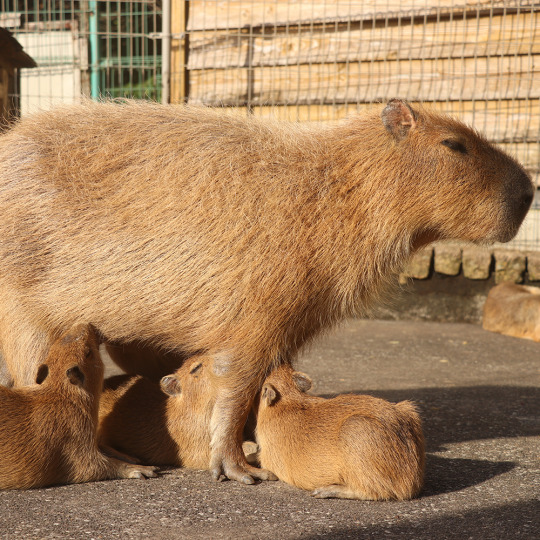

幸せ…
@伊豆アニマルキングダム
Happiness....
@Izu Animal Kingdom
179 notes
·
View notes
Note
🥚🥚 two buddies?

Capybara & Cattle Tyrant
(Hydrochoerus hydrochaeris) & (Machetornis rixosus)
56 notes
·
View notes
Text
Critter fact #19:

The Capybara (Hydrochoerus hydrochaeris) is the world's largest rodent. Due to their webbed feet, as well as the position of their ears, eyes, and nostrils (on top of their head), they're great swimmers. July 10th is Capybara Appreciation Day!
44 notes
·
View notes
Text
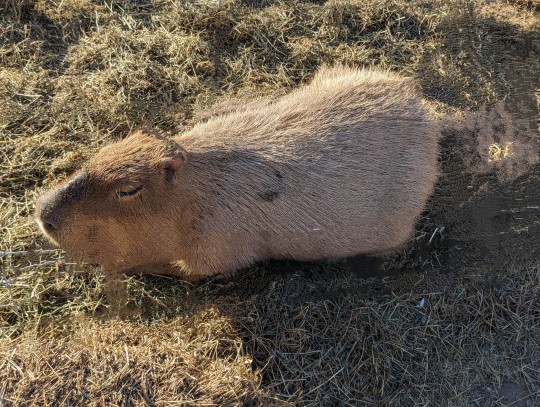
Found one of those wild Florida capybara rodents today
19 notes
·
View notes
Text
These great Rodents occasionally frequent the islands in the mouth of the Plata, where the water is quite salt, but are far more abundant on the borders of fresh-water lakes and rivers.
"Journal of Researches into the Natural History and Geology of the Countries Visited During the Voyage of H.M.S. Beagle Round the World, 1832-36" - Charles Darwin
#book quote#the voyage of the beagle#charles darwin#nonfiction#rodents#capybara#hydrochoerus hydrochaeris#hydrochaerus capybara#water hog#islands#plata#salt water#freshwater#lakes#rivers
1 note
·
View note
Text

Okay, let’s pull up to the after party with the capybara (Hydrochoerus hydrochaeris)! Weighing up to 174 lbs (79 kg), this critter is the world’s largest rodent. Thanks to an abundance of fatty tissue, the capybara is buoyant in water—making it perfectly suited for a semi-aquatic lifestyle. The capybara inhabits wetlands in regions of South America including Venezuela and Brazil. This highly social species can sometimes be spotted in groups of more than 100 individuals.
Photo: Miguel A Germann, CC BY-SA 4.0, Wikimedia Commons
#science#nature#natural history#animals#fun facts#did you know#dyk#capybara#animal facts#cute animals#south america#fact of the day
448 notes
·
View notes
Photo
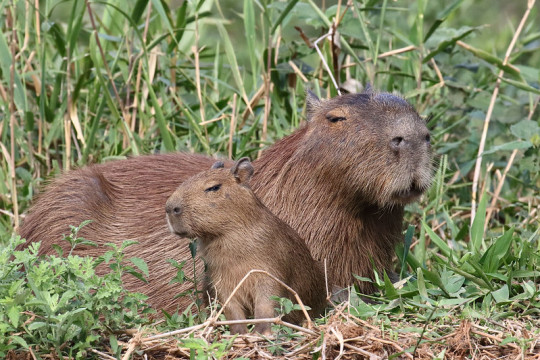
A capybara (Hydrochoerus hydrochaeris) sits in the grass with her pup in the Pantanal, Brazil
by Fabrice Stoger
#capybara#rodents#hydrochoerus hydrochaeris#hydrochoerus#caviidae#rodentia#mammalia#chordata#wildlife: brazil
108 notes
·
View notes
Text

ah yes the scimitar capyboryx (Hydrochoerus dammah), a most singular beaſt
#now i wonder.#irritable like an oryx or chill like a capybara?#or maybe scimitar oryx are chill and only gemsbok are assholes idk#never observed scimitar oryx#animals#oryx#scimitar horned oryx#capybara
244 notes
·
View notes
Text

Grzimek's Animal Life Encyclopedia, vol. 11, Mammals II. 1972. Illustrated by Peter Barrett.
1.) Patagonian mara (Dolichotis patagonum)
2.) Chacoan mara (Dolichotis salinicola)
3.) Capybara (Hydrochoerus hydrochaeris)
4.) Pacarana (Dinomys branickii)
5.) Mountain paca (Cuniculus taczanowskii)
6.) Lowland paca (Cuniculus paca)
7.) Red acouchi (Myoprocta acouchy)
8.) Black agouti (Dasyprocta fuliginosa)
9.) Red-rumped agouti (Dasyprocta leporina)
#rodents#patagonian maras#chacoan maras#capybaras#pacaranas#mountain pacas#lowland pacas#red acouchi#black agoutis#red-rumped agoutis#Peter Barrett
352 notes
·
View notes
Text
the fiendish crocodilian...

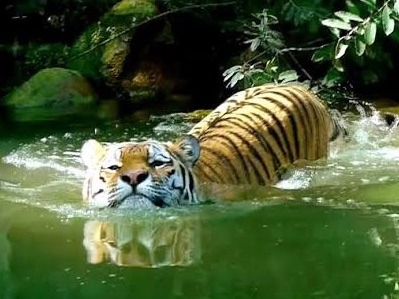

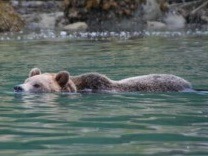


#☆#🐯#wolf (canis lupus)#tiger (panthera tigris)#jaguar (panthera onca)#brown bear (ursus arctos)#eastern grey kangaroo (macropus giganteus)#capybara (hydrochoerus hydrochaeris)#canis#felid#ursid#marsupialia#rodentia#they're all fine of course. actually the jaguar is hunting so he really is a fiendish crocodilian
26 notes
·
View notes
Photo
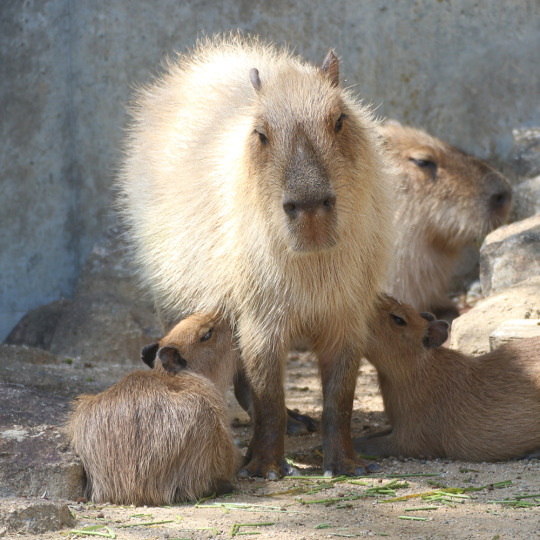
飲んでます
大きくなってください
@浜松市動物園
They were drinking
please grow up
@Hamamatsu City Zoo
76 notes
·
View notes
Text

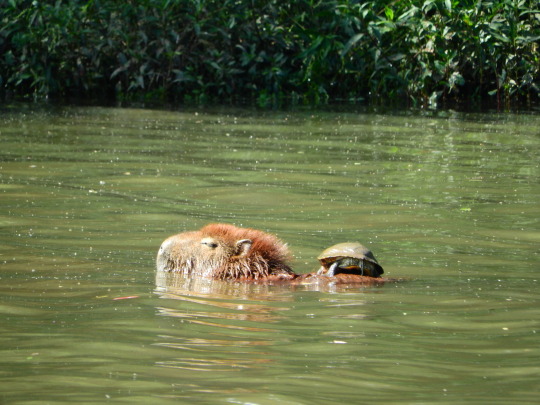
Red Eared Slider (Trachemys scripta elegans) riding a Capybara (Hydrochoerus hydrochaeris) x.
178 notes
·
View notes
Text
Round 1.6

Information about contestants below!
Spix's yellow-toothed cavy (Galea spixii)
Their fur is gray tinged, with brown back, light sides, and whitish abdomen. Incisors are yellow. Herbivorous, foraging on grasses and other low vegetation.
They are found in open savanna and semiarid habitats. Spix’s Yellow-toothed Cavies form well-marked runways that they use regularly. They also clear small areas for sand bathing. They do not construct burrows, likely due to extremely rocky soil but they construct temporary nest sites under rocks or low vegetation. They are terrestrial animals with diurnal habits, but sporadically active at night.
Litter size ranges from one to five, with an average of three. They have hair and open eyes at birth. Males and females in this species are aggressive to each other. Three subspecies are recognized.
Capybara or greater capybara (Hydrochoerus hydrochaeris)
Capybara is the largest living rodent and grows to 106–134 cm in length. It inhabits savannas and dense forests, and lives near bodies of water. It is a highly social species and can be found in groups as large as 100 individuals, but usually live in groups of 10–20 individuals.
Capybaras have a heavy, barrel-shaped body and short head, with reddish-brown fur on the upper part of their body that turns yellowish-brown underneath. They have slightly webbed feet and vestigial tails.
Though quite agile on land, capybaras are equally at home in the water. They are excellent swimmers and can remain completely submerged for up to five minutes. They can sleep in water, keeping only their noses out. Capybaras are herbivores and are very selective feeders.
31 notes
·
View notes